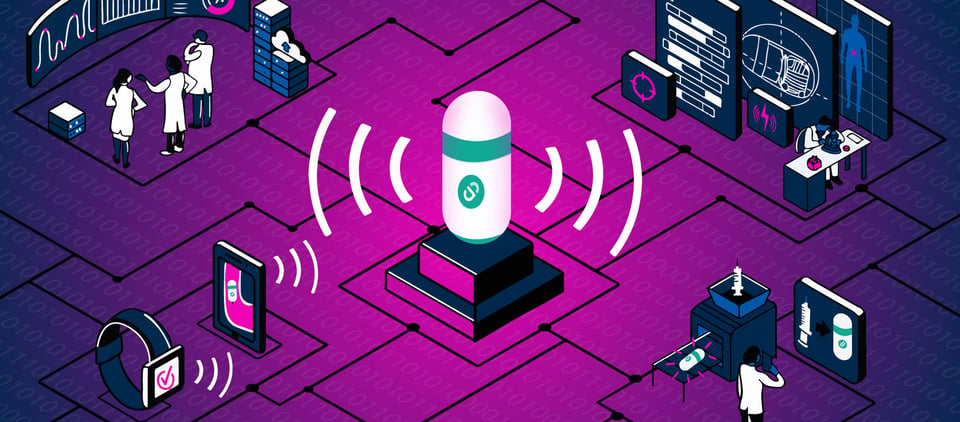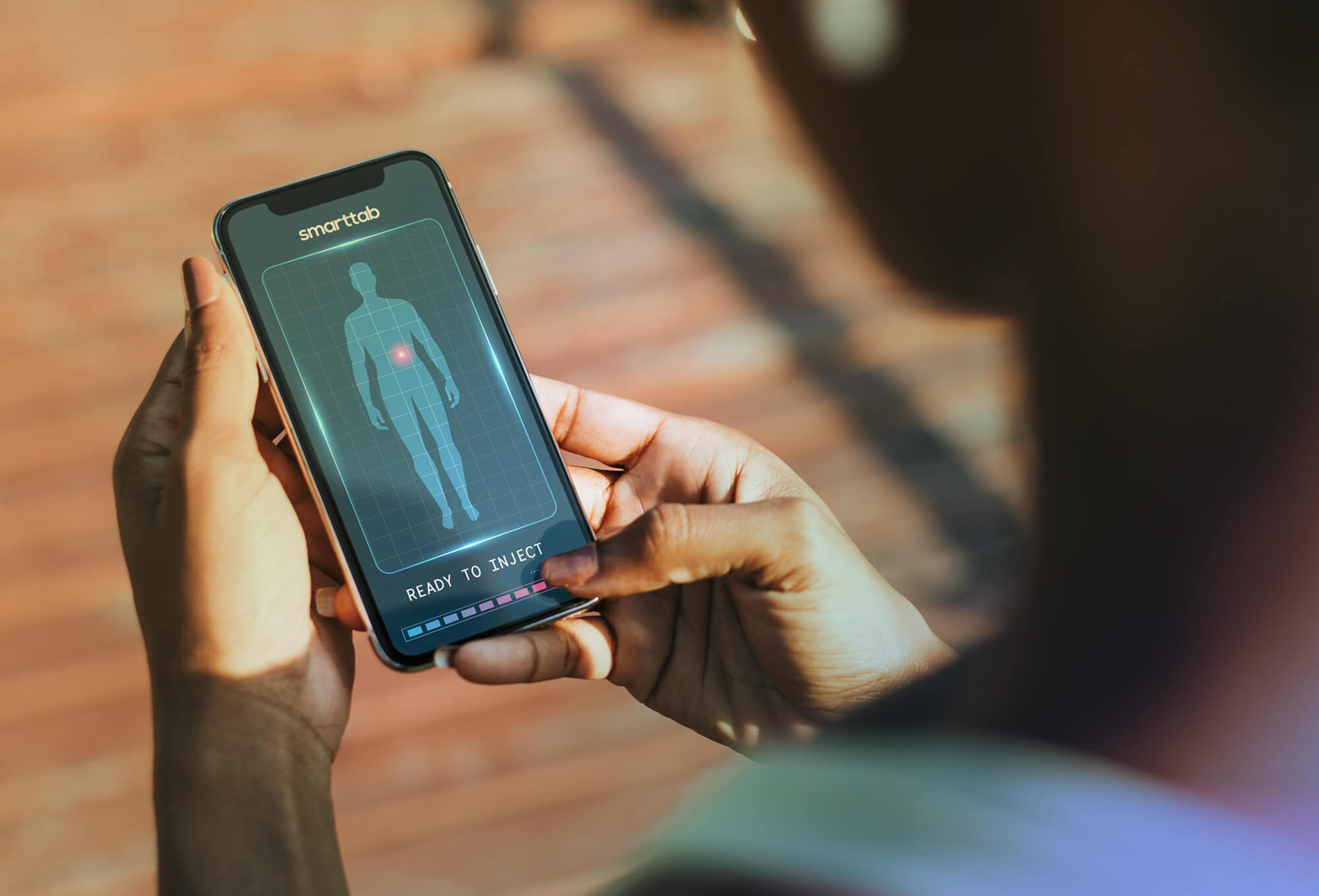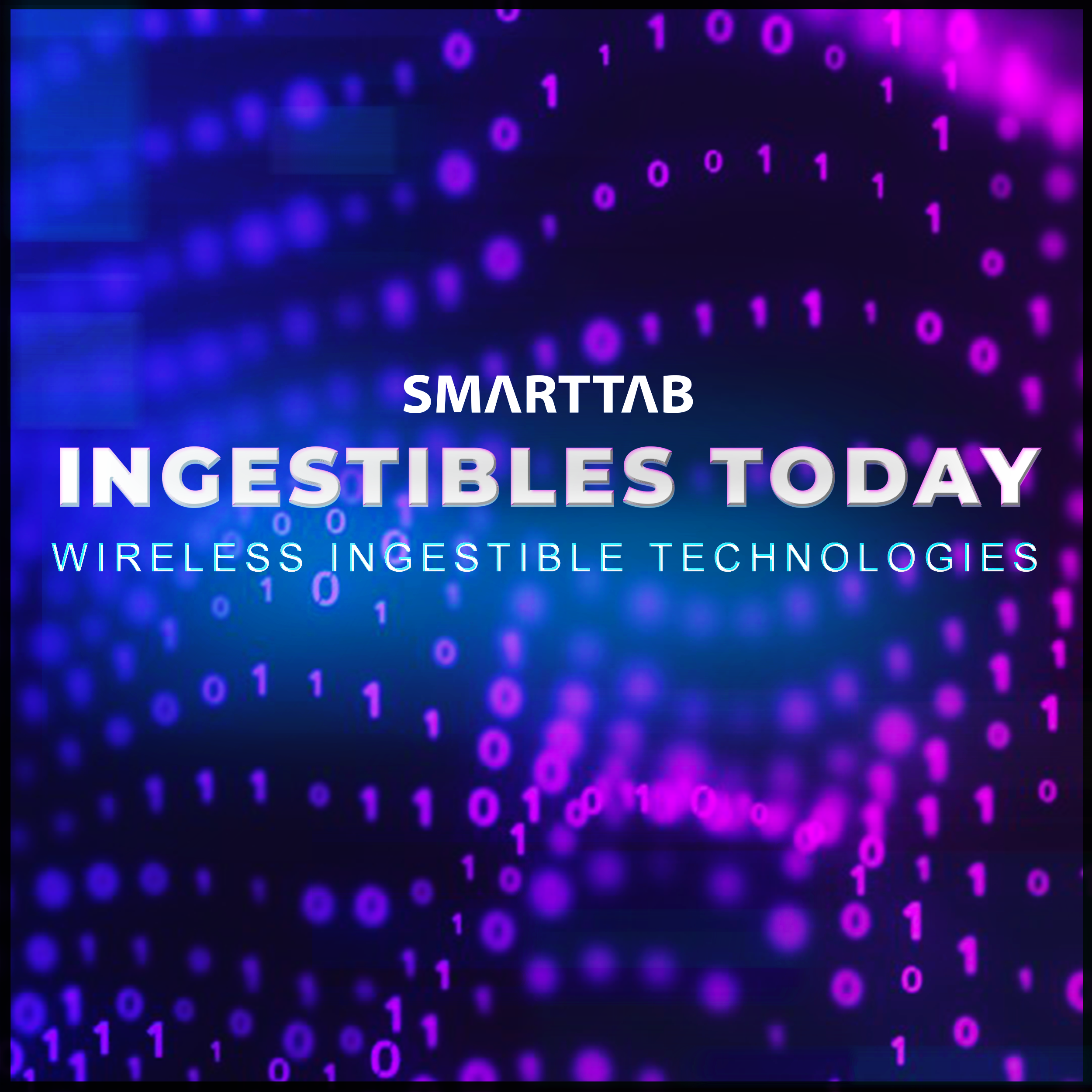Innovation in medicine has been pushed this past year more than ever before. We have created new technologies and biomedical injectables to fight a virus that ravaged our very being as a human race. We have observed the amazing integration of new information systems and physical devices that saved lives and helped to bring people back from the brink of death.
All of this innovation in the healthcare field has been able to induce a sense of innovative thought acceptance in the healthcare field like we as a society have never seen. But, how are these new technologies and ideas actually being developed to make the profound and clinically effective impact that we are seeing? The answer is patient-centered innovation.
Patient-centric innovation has long taken place before this year and there have been a massive amount of peer-reviewed studies showing the effectiveness of creating new therapies, technologies, and devices that are centered around patient input.
Let’s take a look at some real-world examples of patient-centered innovation.

Air Ambulance for Emergency Evacuation of Patients
Air Ambulance vs. Helicopter
The idea of using a “fixed-wing air ambulance jet” to transport patients from treatment center to treatment center instead of using a helicopter has recently received a massive amount of support.
This new method of patient transportation was created by taking patients, flight staff, and physician consensus into account. It is more comfortable for a patient to travel in an airplane rather than a helicopter. The communication between the patient and the staff is increased in the jet, and the time to location delivery is nearly cut in half.

InjectTab platform could transform the way patients manage their diabetes utilizing a wireless ingestible capsule for glucose monitoring and drug delivery.
Diabetes and Better Patient Outcomes
Another example of patient-centered design is the Continuous Glucose Monitors (CGM) for diabetic patients.
These devices allow for patients to simply connect their smart device to the patch that is usually placed on the patient’s arm to let them know what their current glucose levels are. The innovative design of this product was created while taking into account what a patient's greatest needs and wants are. Limiting the use of finger pricks to sense the glucose content of the blood, eliminating the need to blood glucose readers and the need to keep track of all of this technology was a decision made to fit the need and want of diabetic patients.
Innovations like these regularly increase not only patient satisfaction, but also the overall health of the patient through an increase of compliance and, therefore, better management of their chronic condition.

InjectTab is built with the ability for connectivity to secure software that provides the patient and physician with more control to transform the management of chronic disease.
Big Tech Companies Getting Involved
In today's market, it seems that healthcare is seeping into even the most opposing ends of the industry spectrum. There is a large variety of large technology companies that are getting involved in the patient-centric innovation movement in the healthcare field due to the inherent need for a change in our healthcare system.
Companies like Salesforce, a client relationship management portal company, has now even created a Health Cloud that physicians and healthcare teams can use to personalize every single patient experience, no matter the number of people on the clinic's patient panel. This software development is used to manage the end-to-end user experience at clinics and hospitals around the country.
Now, why are tech companies getting involved in patient-centric healthcare innovation? Because the possibility for hefty returns on investment as well as creating awesomely positive social impacts are ever present. In the coming years, it is almost a surefire bet that we will see more and more companies that do not have their roots traditionally set in the healthcare industry creating more products to help propel the United States healthcare system forward. Because, in the end, happier and healthier people in the United States mean more customers for their platforms to use.
You can learn more about why Salesforce is a leader in driving positive healthcare change from Ian Marks, Salesforce's Global VP Life Sciences and HLS Industries from his guest appearance on the Who Would Have Thought podcast.
“How do you actually start engaging with patients so a patient can have a better experience or a better outcome when they’re on therapy?”
Ian Marks, Salesforce, Global VP Life Sciences
Gaining Patient Input
The process of creating patient-centered products relies heavily on the research and insight that is conducted on patients that live day to day with the conditions that are being combated by these innovations.
SmartTab, based out of Denver, Colorado, a startup developing targeted wireless drug delivery tablets to combat diabetes and IBD, is a fantastic example of how this process would look at an early stage in a company. They regularly hold patient round tables with their core team to understand exactly what patients are looking for. They also have frequent visits with a clinical advisory board to support the research and development process.
Another approach that SmartTab typically uses is getting insight from key opinion leaders (KOL) in the IBD community as they hear stories from fellow IBD patients around the world. For example, Tina Aswani Omprakash, the author of "Own Your Crohns", has been heavily involved in thought generation and gaining patient insight from her following to help advance the engineering efforts conducted by SmartTab. Tina has been able to describe the experiences of patients are they are lived which can be incredibly difficult for companies to replicate and understand while undertaking design processes. KOL’s like Tina also bring with them a large following and can easily get their followers excited and willing to give input that has proven to be invaluable to the process of designing innovative products that will ultimately change the face of their chronic disease management.
You can learn more about Tina and the ways that she is "Empowering the Chronically Ill & Disabled to Lead Fuller Lives" here, in her guest appearance on the Who Would Have Thought podcast.
"The physical journey is half of this, mental health is the other half. It is unacceptable to not have metal healthcare alongside of this disease."
Tina Aswani Omprakash, Own Your Crohn's
The Patient’s Insight is Invaluable
Patient-centric innovation is of the utmost importance when creating new devices and products in today’s world. There is no possible way that a product will reach the market with the input of only the employees of the company. Especially in the healthcare technology world, the most valuable information is not only the outcomes that your device produces to positively impact the lives of patients. But alternatively, the insight and data collected from patients before even starting the journey of creation.
Take the patients into account, and you will change the world.
Resources & Citations
- https://pubmed.ncbi.nlm.nih.gov/22669050/
- https://connect.springerpub.com/content/book/978-0-8261-9625-5/part/part02/chapter/ch12
- https://journals.lww.com/hcmrjournal/fulltext/2013/04000/patient_centered_innovation_in_health_care.8.aspx
- https://bmcfampract.biomedcentral.com/articles/10.1186/1471-2296-13-120
- https://cjasn.asnjournals.org/content/15/10/1522
- https://www.beckershospitalreview.com/digital-transformation/7-big-ideas-in-healthcare-innovation.html

